Travel in Bolivia podcast
We’ve spent the last ten days in Bolivia, which isn’t really enough to do it justice. But we’ve had a great time and have learned a lot about travel in this beautiful South American country.
To listen, hit play below or find episode 150 in iTunes, Stitcher or Soundcloud:
Border crossing
The border between Peru and Bolivia is easy to cross. We went by bus, and the bus stopped outside the police station to allow us to hand in our tourist cards – it’s really important that you don’t lose this little piece of paper! You’ll get it when you enter Peru. After the police station, we went to immigration for our exit stamp, then walked about 200m up the road to the Bolivian offices, where we filled in forms and got our entry stamps. Despite the fact that as Kiwis we can stay for up to 90 days, they only gave us 30-day visas … apparently we can extend them in La Paz, but we didn’t get the full quota automatically.
And the border crossing wasn’t easy for all of us. Ange’s passport had been stolen in Cusco, and though she’d got a replacement travel document and had a full police report of what had happened, apparently this wasn’t good enough for the Peruvian border guards. She needed an entry stamp, which she apparently had to get back in Cusco, but of course her travel document was only valid for that one day. Luckily a one-off fee solved the problem, and we were allowed to leave the country.
Copacabana and the Isla del Sol
 Copacabana is a tiny little tourist town perched on the edge of Lake Titicaca. Its lack of ATMs made it difficult to get cash – always make sure you have a stash of emergency money for this kind of situation. US dollars are definitely the currency of choice to carry around in South America, and we found the exchange rates at the border and in Copacabana to be very reasonable.
Copacabana is a tiny little tourist town perched on the edge of Lake Titicaca. Its lack of ATMs made it difficult to get cash – always make sure you have a stash of emergency money for this kind of situation. US dollars are definitely the currency of choice to carry around in South America, and we found the exchange rates at the border and in Copacabana to be very reasonable.
Copacabana is a good jumping-off point for tours to the Isla del Sol. You can camp or stay in a hostal on the island, but we chose to do a one-day trip. It was very well-priced: it would have cost us about the same to do the same thing independently. We were dropped off at one end of the island, and the boat met us on the other side. We’ve noticed that the Bolivians are much more concerned about time than the Peruvians – both boat trips left very nearly on time, and anyone who wasn’t there to get on the boat was left behind.
Bus journeys
Bus travel in Bolivia has been an experience. It’s a step down from Peru, which in turn was a step down from the excellent service in Chile.
The trip from Copacabana to La Paz included a surprise boat trip, which we hadn’t been told about and had to pay for. We had planned to get more cash from an ATM in La Paz and so didn’t have much money, but luckily we’d changed a little more just before we left. We went across on a motorboat while the bus crossed by a wooden barge. It was interesting, to say the least!
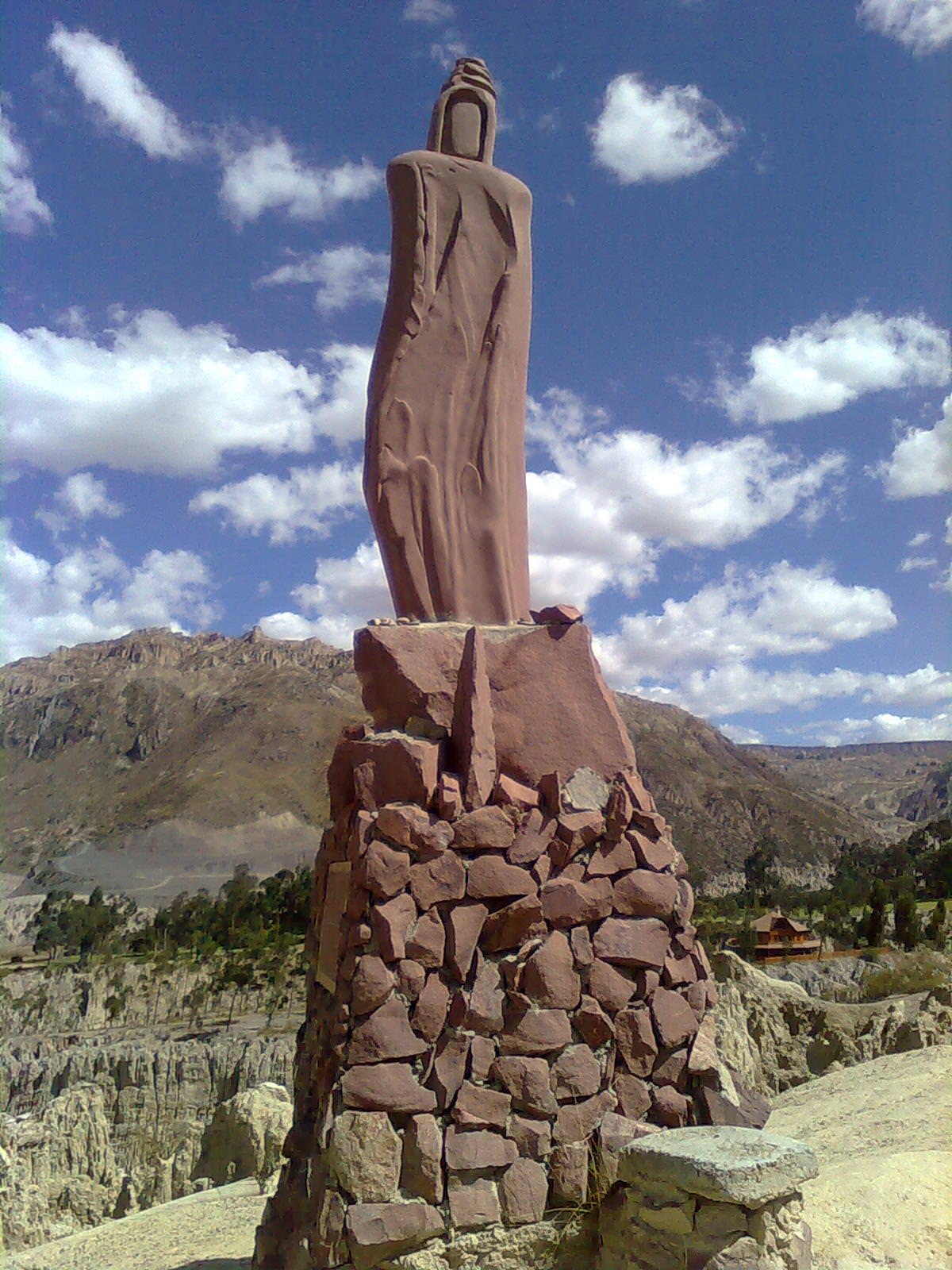 The bus from La Paz to Uyuni had a different seat configuration from the one we’d been shown when we booked our tickets, so we weren’t in the seats we wanted, and our group wasn’t sitting together. There also seemed to be a lot of extra stops along the way, despite the fact that we’d been told that it was a direct service.
The bus from La Paz to Uyuni had a different seat configuration from the one we’d been shown when we booked our tickets, so we weren’t in the seats we wanted, and our group wasn’t sitting together. There also seemed to be a lot of extra stops along the way, despite the fact that we’d been told that it was a direct service.
La Paz
La Paz is a sprawling city with a lot of markets and hills. It’s the highest city in the world, so altitude might be a problem for some – luckily coca tea is easy to come by, which should help you out. There’s also a lot of excellent street food to try, like papa rellena (deep-fried stuffed mashed potatoes), freshly-squeezed juices, doughnuts and other gems.
There are a lot of taxis to choose from in La Paz, but use ones with a radio for security. They should call their base to let the base know where they’re headed and with how many people. As always in South America, agree on a fare before you get into the car, and if you don’t feel safe, choose another taxi.
Thefts and scams
Sadly, Bolivia seems to be the country where we’ve encountered the most scams. Luckily, all we’ve lost between the group of us is a pen, but it still isn’t pleasant to be targeted.
The first time was in a market, someone threw sand at Janine’s shoulder to distract her, and immediately a group of people surrounded her and patted her down. They only managed to get into the front pocket of her bag, and luckily there was nothing of value in there.
The second was a variation on the same theme. Someone threw a smelly liquid at Janine and Ange, and then a well-dressed confederate tried to stop them to help them clean up. The idea is that you put down your bag, and someone takes off with it. We’d heard about this one before, so they just kept on walking.
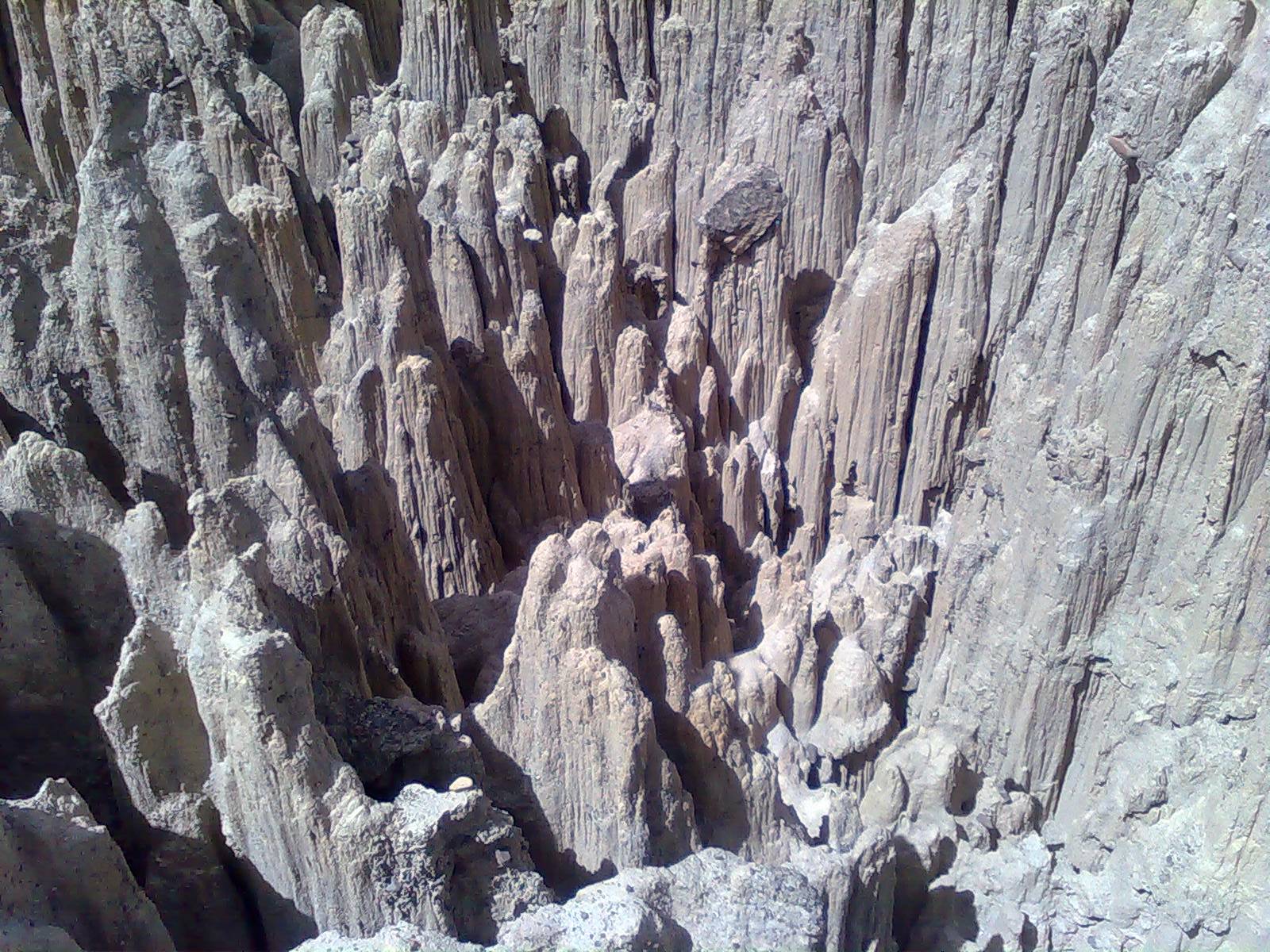 Places where there are a lot of tourists are usually hotspots for scams, so be extra-vigilant in markets and transport terminals. If anyone throws something at you, don’t stop to clean up and don’t let anyone “help” you. And definitely don’t put down your bag.
Places where there are a lot of tourists are usually hotspots for scams, so be extra-vigilant in markets and transport terminals. If anyone throws something at you, don’t stop to clean up and don’t let anyone “help” you. And definitely don’t put down your bag.
Salt flat tour
One highlight of our time in Bolivia has been the Uyuni salt flat tour. We started in Uyuni and visited the train cemetery just out of town. The salt flats themselves are about 200km in width and incredibly white. We visited a small town which sells salt products and tourist goods, as well as seeing some workers harvesting salt.
The whole area used to be a lake, complete with islands. We visited one, Fish Island, which was covered with cacti and afforded a great view over the salt flat, and that night we stayed in a hotel made entirely from salt, which had excellent insulation. We also enjoyed seeing some awesome rock formations and having lunch by a lagoon inhabited by flamingos. There’s also a bathe in a hot pool and some geysers on the itinerary, so that should be all good.
Bolivia is definitely worth a visit, but make sure you keep your wits about you and you’ll have a great time.
To listen, hit play above or check in iTunes, Stitcher or Soundcloud.

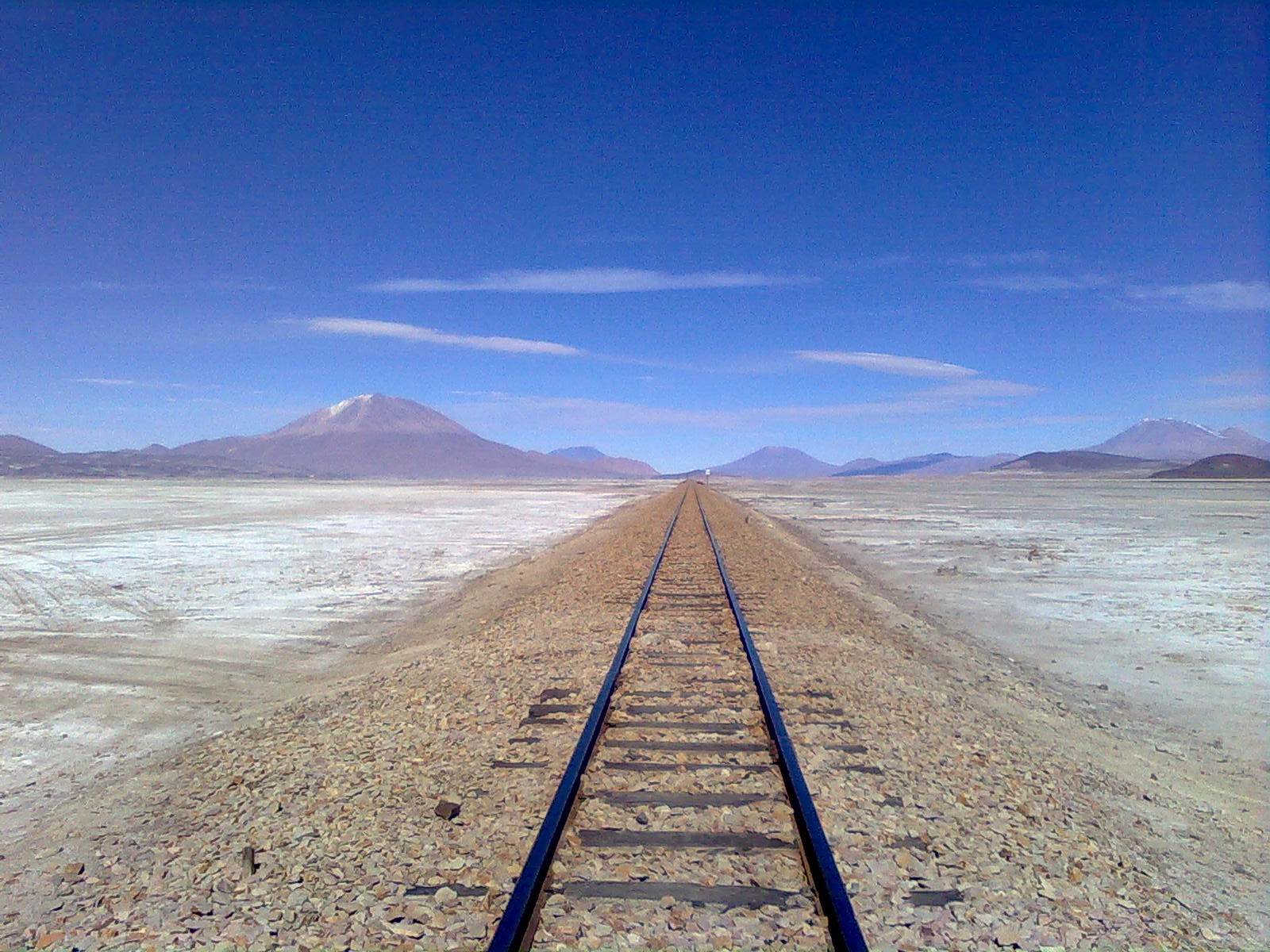
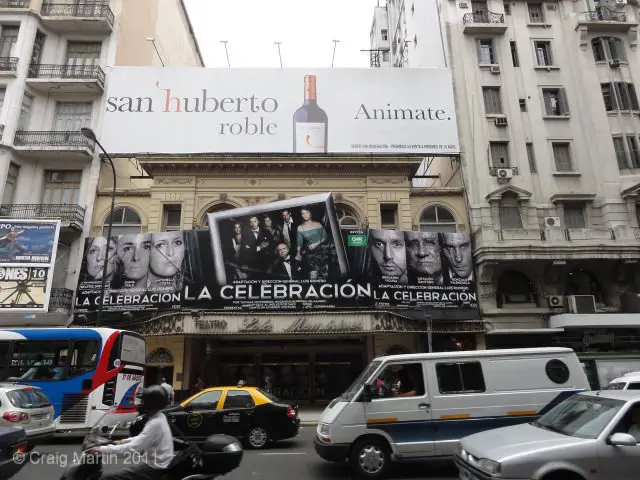

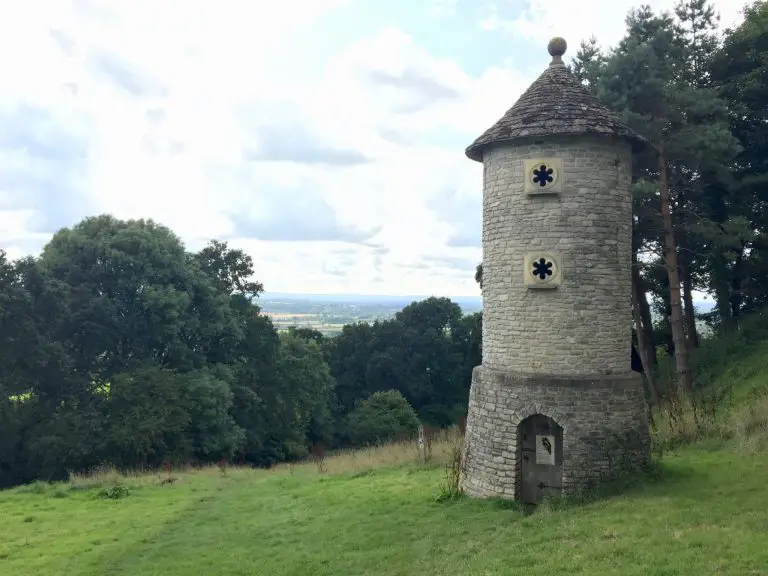
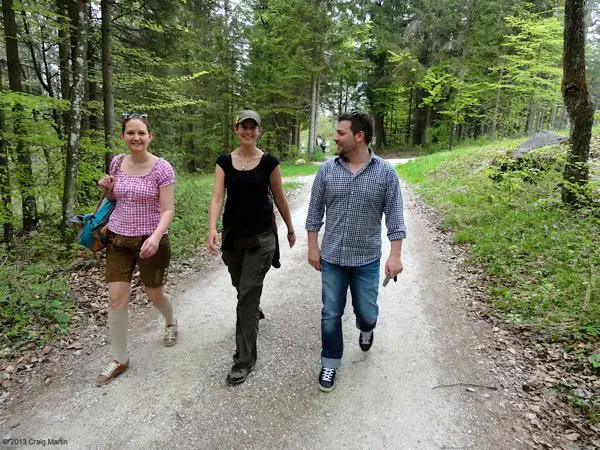
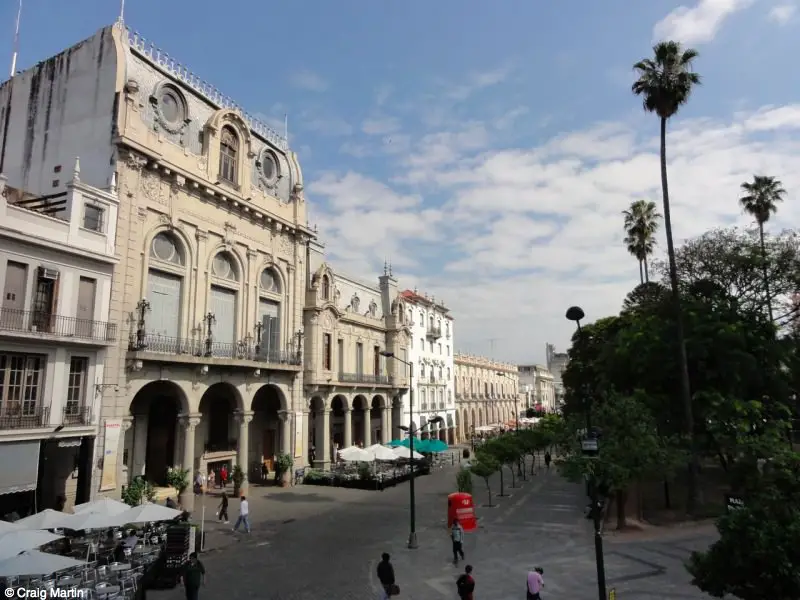
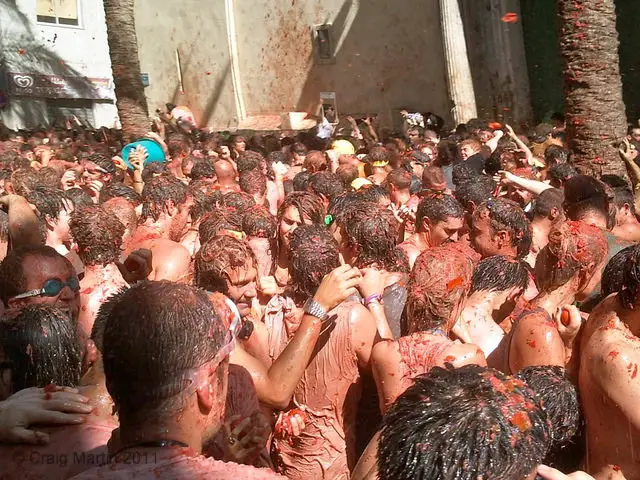
What are your thoughts on a woman traveling alone? Do you think it would it be better to hook up with some kind of tour?
Hi Nancie,
I (Craig) think it would be quite possible to travel solo and safely in Bolivia, although things like the salt flats would be (almost) completely impossible to do yourself unless you had good 4×4 driving experience. We met plenty of women (mainly young) travelling alone in Bolivia and none were sharing any stories of being in real danger. There are certainly plenty of scams and petty theft, but that is true of almost every destination. Adequate research and good decision making take away a lot of the risk.
One thing I found traveling around India alone was that, on my own (and maybe being female helped this?) it was much easier to blend in with my surroundings and avoid being hassled. Anytime I hooked up with a group of other travelers we would immediately be targeted by the Indian versions of the scams described above. It was uncanny.
Though, as Craig and Linda say above, finding a way to do group oriented activities was a little difficult – if you stay in hostels, you can usually find a tour to join up on or meet some other travelers to make plans with.
Re Bolivia in general, I came really close to going alone to Bolivia, and never even thought that it would be a problem at all.
Ugh, sorry, I thought I’d made it clear up there that I wasn’t talking about travels in Bolivia but solo female travel experiences in other developing countries. Durrrrr.
Hi there. I’m glad I stumbled on to your podcast. I am very jealous of you for being lucky to have found a vocation you can travel with. Fantastic idea. Good on you. I was wanting some advice of travel times (roughly!!) through Bolivia. I am hoping to do a volunteer project in Paraguay and then travel through Bolivia to get to a 2nd project in Arequipa in Peru 7 days later. Possible?? Or should I fly?! By the way, did you encounter any stories from volunteers with Global Vision or Habitat for Humanity on your travels?
Very grateful. Cheers
Hi Jay,
It’s definitely possible through Bolivia and, if you have a bit of time, would be a lot of fun. The bus/road combination in Bolivia makes for some bumpy rides, so definitely don’t plan to sleep during them. I’m unsure about Paraguay, since we couldn’t afford the visa, so you’ll have to do separate research there.
We didn’t meet anyone from those organisations; Kirsty at Nerdy Nomad might know someone in her network.